Suite 3, Ground Floor, The Gateway,
312 St Kilda Road, Southbank, VIC, 3006
Real Time Ultrasound for Musicians
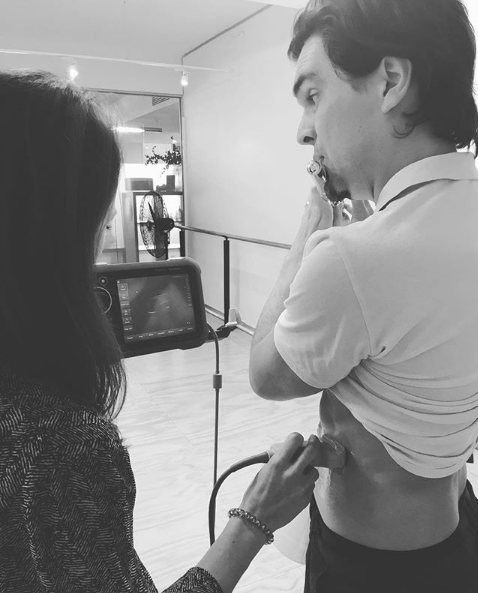
Real time Ultrasound
Why do we use this for singers and instrumentalists?
How can real time ultrasound help you with your “breath” or “breath support” if you are a musician?
Ask yourself these simple questions-
- Do you feel that there is something blocking your breath or breath support?
- What is your body awareness like?
- What is breathing awareness like?
There is developing research, in particular, in singing, about the activation of the deep abdominal muscles and the flow and pressure of breath (Rubin, et al., 2011).
Using a real time ultrasound (RTUS) machine allows us to visualise your deeper abdominal muscles and how they activate whilst you are singing (or playing an instrument).
It can look something like this:
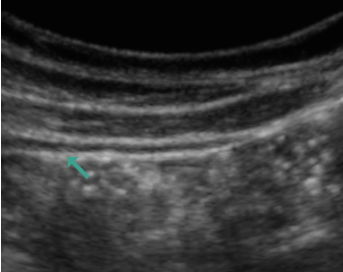
Research has demonstrated that people who have voice training have an improved activation of the deepest abdominal layer, the transversus abdominus muscle compared to the internal/external oblique muscles. His research also showed that people with voice issues were more likely to have an increase internal oblique muscle activity compared the transversus abdominus muscle. This may mean that there is an issue with air and pressure through the larynx.
It might look something like this on real time ultrasound:
Appropriate deep abdominal activation
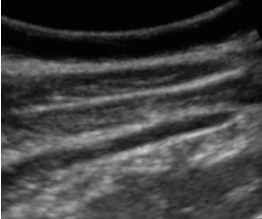
Why is this significant?
The transversus abdominus a thin, strong muscle that acts as a postural muscle that can work over a long period of time. It has interdigitations to both the pelvic floor and diaphragm which is significant because when we breathe in, our diaphragm contracts and descends which creates pressure in our abdominal cavity. The walls being the transversus abdominus, the top being the diaphragm and the bottom being the pelvic floor.
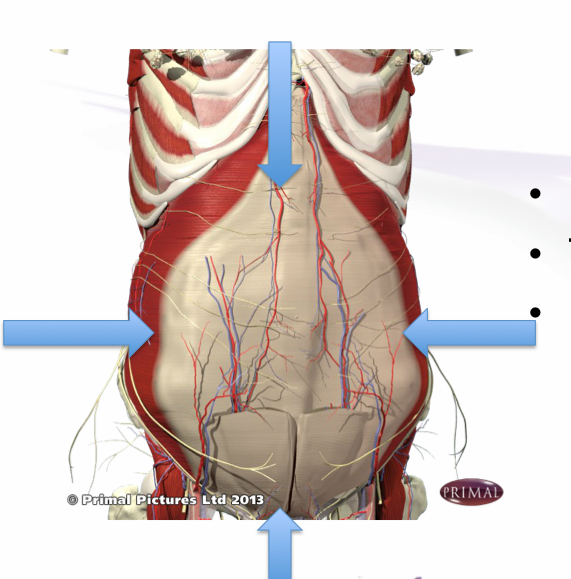
When we breathe out the diaphragm can eccentrically contract to prevent our abdominal contents rushing up into our thorax and theerfore, this also prevents a large amount of air rushing up and creating uncontrolled air flow and pressure through the larynx and embouchure (if you are playing an instrument),
If we “push” or brace with our internal and external oblique muscles without our transversus muscle activating, this can add additional forces and less control of our airflow and pressure.
On RTUS increased internal oblique activation may look something like this:
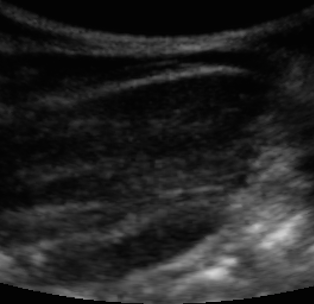
So if we can train our transversus abdominus and internal oblique muscles to activate in a sequence that supports your breath, you will have more control over your airflow.
For instrumentalists, there is growing interested is the impact of the use of these muscles when playing a brass or woodwind instrument. Similar patterns of use were discovered at the QLD Conservatorium Breathing Symposium where a more sustained, rich, resonant sound was created when the transversus abdominus muscle initiated the activity in the abdomen. This was visualised by the RTUS.
During this symposium there was an interesting crossover between voice and brass playing where a young french horn player had undertaken a semester of singing lessons and learnt the accent breathing method. She had effective deep abdominal muscle activity with appropriate internal and external oblique muscle activity (and a lovely sound!).
To check out more about the QLD Conservatorium Breathing Symposium and the Accent Breathing Method click here to link to our previous blog.
If you are interested in learning more about how your abdominal muscles are activating whilst you sing or play and how this may help you produce a more effective, efficient (and gorgeous sound), please check us out online at performancemedphysio.com.au
We look forward to exploring this with you…


